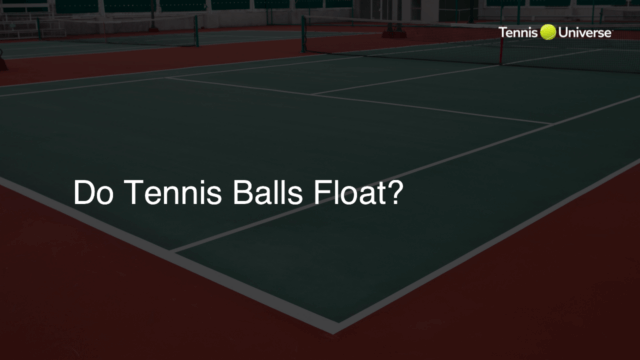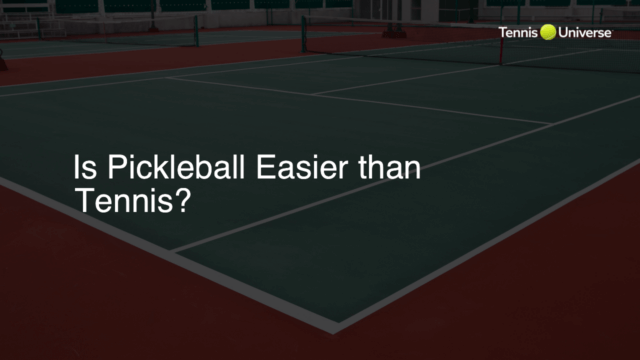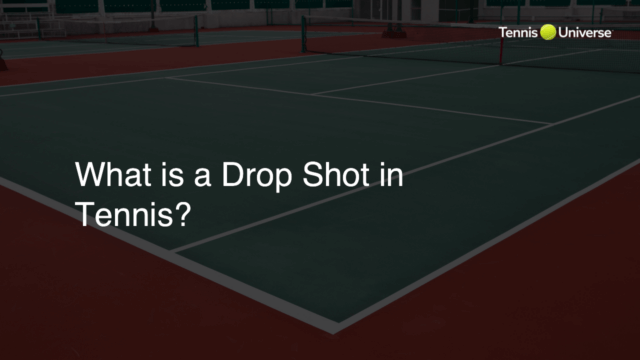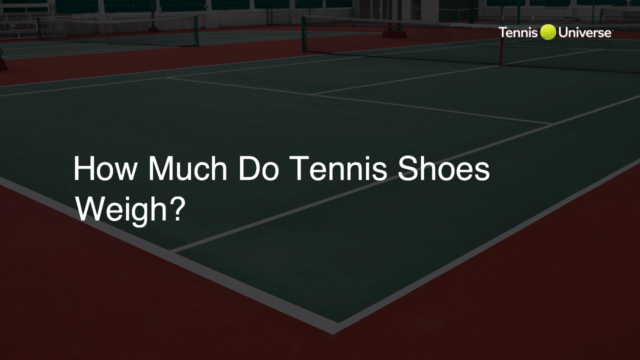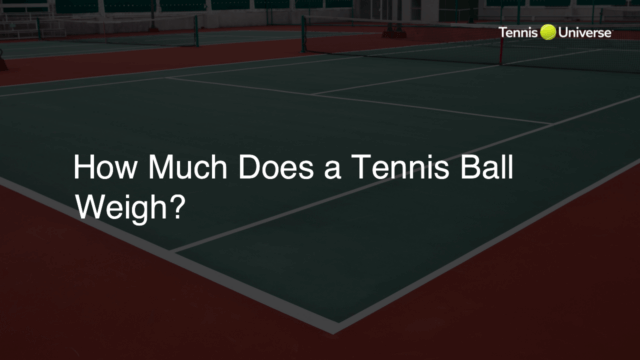To volley in tennis, follow these steps: 1) Split-step as your opponent hits the ball, 2) Read the ball’s direction, 3) Approach the net quickly, 4) Keep a firm grip on the racquet, 5) Assume a ready position with knees bent & racquet in front, 6) Perform a short, compact swing, maintaining a closed racquet face, and 7) Punch through the ball with a controlled follow-through focused on aiming and placement.
Mastering the Volley in Tennis
Step 1: The Split-step
As your opponent prepares to hit the ball, perform a split-step. It’s a small hop that allows you to quickly change direction and respond to the incoming shot. This movement will position you to effectively volley, improving your agility and balance.
Step 2: Reading the Ball’s Direction
Focus on your opponent’s body and tennis racket movements to anticipate where their shot will land. A quick assessment of the ball’s direction and speed will enable you to position yourself effectively for the volley.
Step 3: Approaching the Net
Move towards the net quickly and decisively. Proper court positioning is essential for a successful volley. The closer you are to the net, the narrower the angles your opponent has to pass you, increasing your chances of hitting a winning shot.
Step 4: Firm Grip and Ready Position
Hold your tennis racket with a firm grip in the Eastern or Continental grip. This will enable better control and versatility when volleying. Assume a ready position with your knees slightly bent, staying on the balls of your feet, and hold the racket out in front with your non-dominant hand supporting the racket’s throat.
Step 5: Compact Swing
Unlike groundstrokes, volleys require a short and compact swing. Use your arms and shoulders to guide the racket to the ball while keeping the racket face slightly closed. Minimize the backswing, focusing on using the pace from the incoming ball to redirect the shot.
Step 6: Punch and Follow-Through
As the ball makes contact with your tennis racket, punch through the shot with a controlled and firm follow-through. Place emphasis on precise aiming and placement, rather than trying to generate power.
Additional Tennis Tips for Volleying
Step 7: Stay on Your Toes
Maintaining agile footwork is essential for an effective volley game. After hitting your volley, remain on your toes and actively adjust your position based on your opponent’s movements. Good footwork allows you to cover the net efficiently and react quickly to incoming shots.
Step 8: Mastering the Backhand Volley
Although similar to the forehand volley, the backhand volley requires a few minor adjustments. Use a firm grip on the tennis racket in a Continental or Eastern grip, and pivot your shoulder slightly to direct the backhand volley. Maintain a short and compact swing, using the incoming ball’s pace to redirect the shot, just like with the forehand volley.
Step 9: Perfecting the Swing Volley
The swing volley is an advanced tennis tip for aggressive players. It involves hitting a groundstroke-like shot while positioning yourself close to the net. For a successful swing volley, time your shot perfectly and use your whole body to generate power and direct the ball.
Step 10: Practicing Drills
Regularly practicing tennis volley drills can help you improve your technique, reaction time, and accuracy on the court. Consistent practice allows you to understand and refine the different aspects of your volley, making it a vital weapon in your tennis arsenal.
FAQ Section: Tennis Volley Mastery
Here are some common questions and answers related to volleying in tennis, to help you improve your game and address any concerns you may have.
What is the best grip for volleying?
The best grip for volleying is the Eastern or Continental grip, as these grips offer better control and versatility needed for volleys compared to other grips.
How do I improve my reaction time for volleys?
To improve your reaction time for volleys, practice the split-step, focus on reading your opponent’s body and racket movements, and perform footwork drills to increase your agility and quickness on the court.
How can I generate more power on my volleys?
While generating power is not the primary focus of volleys, you can add more power by maintaining a firm grip, adopting a strong base with bent knees, and punching through the ball with a controlled follow-through using your arm and shoulder muscles.
How do I decide when to approach the net and volley?
Recognize weak or short balls from your opponent, approach the net after hitting an aggressive groundstroke or angled shot, and take advantage of your opponent’s vulnerable court position. Proper anticipation and strategy are key to deciding when to approach the net for a volley.
What is the difference between a standard volley and a half volley?
A standard volley involves hitting the ball out of the air before it bounces on your side of the court, whereas a half volley is executed immediately after the ball bounces, with the racket head contacting the ball near the ground level.


